Boat meets water: the lift in
Having successfully brought Lea Ho to Galway, the task of preparing her for the water and dropping her in now presented. We had the advantage that she was on a very rugged trailer with lots of space around the boat to work. As my father always said, the first step in any job is organizing your work and cleaning everything before starting.
So while the boat was dry and in great condition, it was very, very dirty. The kind of dirt that is baked on, layer, upon layer, over years. We would go at the boat and clean it into the night, only to find it looking just as grimy the following day. But to be fair, the boys stayed at it with me and within a week we were ready to start painting.
Getting prepared
But what had started as a very organized military operation was beginning to come apart. The boys, more than 25 years my junior began claiming exhaustion. Yea, right…..!? So I made the point that given that we are in Ireland and the regatta was fast approaching, we needed to keep the pace up. And besides this was a learning experience for all of us.
Learning experience commented Eoin? I don’t know what you are talking about. I’m going to sit down. Conor, looking up and holding his paint brush in hand, sat down beside him. This was indeed a rare show of solidarity for two who rarely agreed on anything. I’m going to drink some wine, eat cheese and catch some rays, dad. I only drive them, I don’t know what makes them work!
I was confused and lost for words. Just Google it dad, said Eoin looking annoyed. And Google it I did, and there was the clip from Kelly’s heroes where all this was coming from. Eoin had made his point and Conor was backing him up. I believe that one of the keys to good parenting is to know when to go to war and when to let things slide. I decided to let this one slide for a few days…. and Val agreed, and Val was rarely wrong on these things.
The village
So I took the paint brushes and got busy. And I had a couple of days of blissful solitude between me and Conor’s boat. And I got to walk around this incredible world that is colloquially known as Galway Docks. Over these days I met the sea scouts, sail instructors, sail makers, engineers, fishermen, captains, lifeboat volunteers and just about everyone attached to what felt like a village inside a city. And they all helped in every possible way. How to paint your hull, treat your sails, check your engine, be safe in the water. What to watch out for and how to stay out of the way of all the bustling traffic. We were right in the center of things, at a huge building housing the Galway ocean sports club and a myriad of people who made the ocean accessible. And in the background of all of this was its manager, Pierce Purcell. A dedicated sailor and huge enabler of boating and water sports in Galway over the years, he did much to make what I was doing possible.
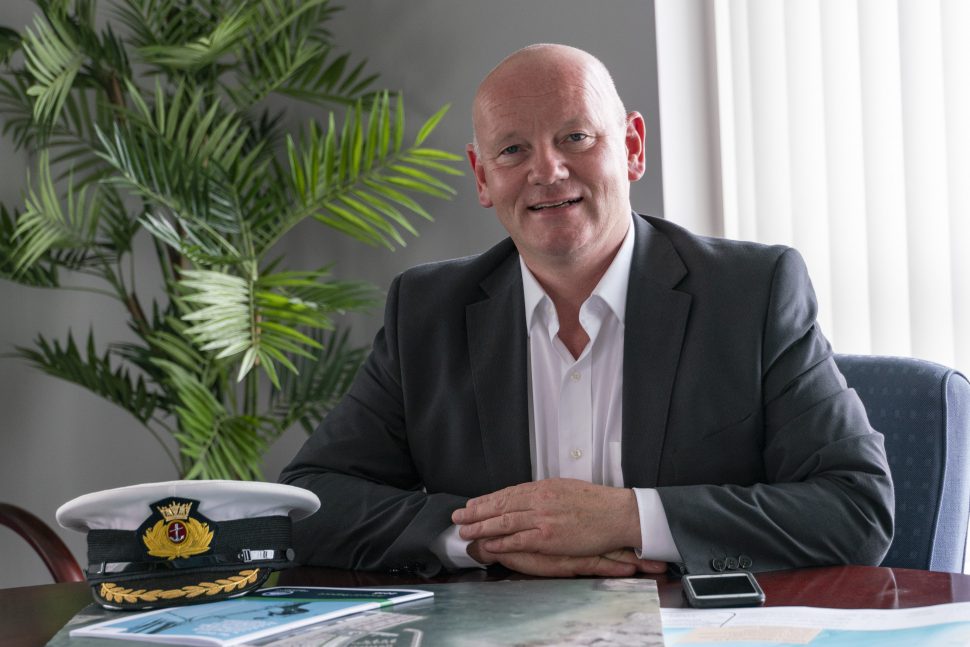 And if the village had a mayor, it would be the harbor master, Captain Brian Sheridan. An affable, quietly spoken human being, highly organized yet able to cope with the complexities of a major and evolving port supporting a vast eco system of people and endeavors. On the appointed day, it was Brian that arranged his team, Gerry and Michael, to get Lea Ho into the water and safely at a berth he arranged for us. I’ve been around boats from childhood. Paddling around in a homemade canoe my dad built right up to washing boats as big as houses. Through this time I could see one thing for sure, that boats are weekend hobbies relentlessly gobbling their owners time. What is all this time devoted to? Watching and checking your boat. Making sure its safe on the mooring. That it doesn’t get scratched. Its tied up right. The sails are folded. The gas is switched off. The compass is polished. The propeller is clean. The dishes are washed. On and on. Oh and yes, some time actually sailing.
And if the village had a mayor, it would be the harbor master, Captain Brian Sheridan. An affable, quietly spoken human being, highly organized yet able to cope with the complexities of a major and evolving port supporting a vast eco system of people and endeavors. On the appointed day, it was Brian that arranged his team, Gerry and Michael, to get Lea Ho into the water and safely at a berth he arranged for us. I’ve been around boats from childhood. Paddling around in a homemade canoe my dad built right up to washing boats as big as houses. Through this time I could see one thing for sure, that boats are weekend hobbies relentlessly gobbling their owners time. What is all this time devoted to? Watching and checking your boat. Making sure its safe on the mooring. That it doesn’t get scratched. Its tied up right. The sails are folded. The gas is switched off. The compass is polished. The propeller is clean. The dishes are washed. On and on. Oh and yes, some time actually sailing.
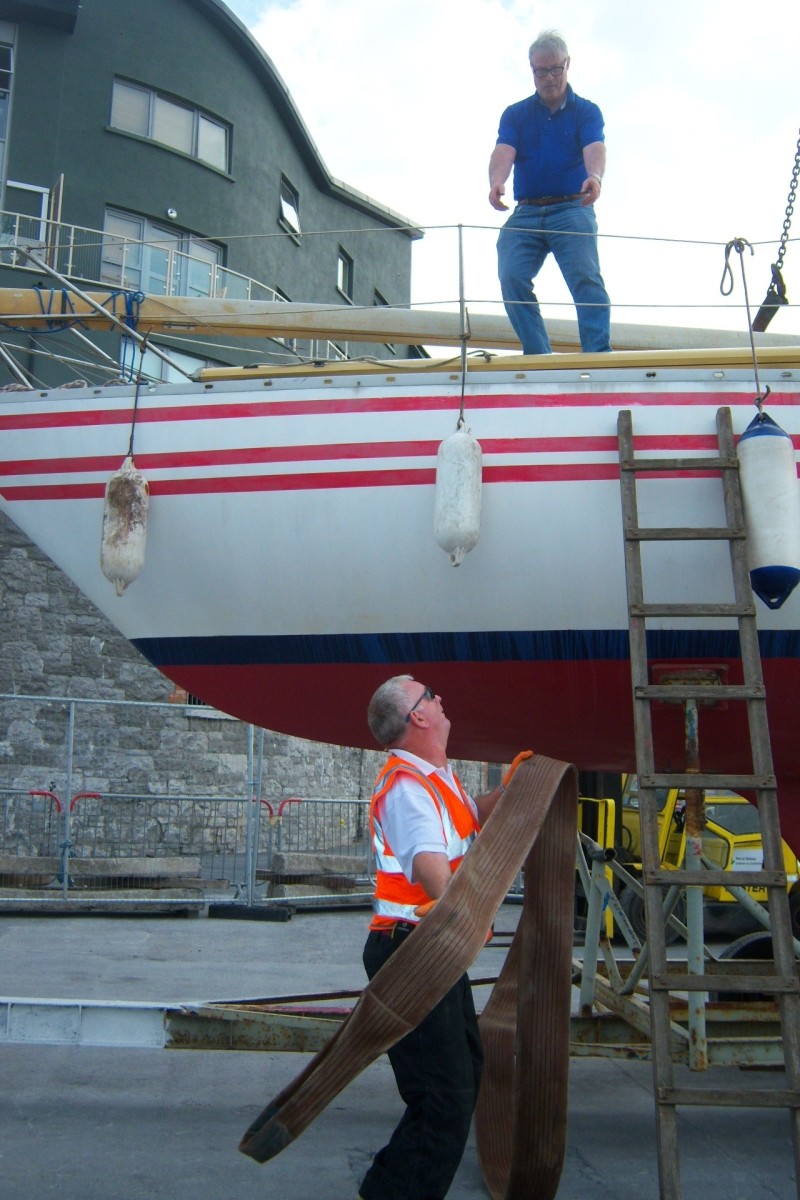 But in all of this, boats rarely get damaged while they are in the water. They get damaged when they are being put into the water. Or the mast gets dropped. A valve gets left open. And a couple of hours later you get a call from a friend. Asking you why they can only see the top of the mast sticking out of the water. On top of that, if you want to see pandemonium watch a lift in where several boat owners are involved. As part of my work in clinical research, I’ve spent a lot of time with anxious patients and family in the ER. A lot, all around the world. But their emotions pale in comparison to that of a boat owner getting his boat lifted in.
But in all of this, boats rarely get damaged while they are in the water. They get damaged when they are being put into the water. Or the mast gets dropped. A valve gets left open. And a couple of hours later you get a call from a friend. Asking you why they can only see the top of the mast sticking out of the water. On top of that, if you want to see pandemonium watch a lift in where several boat owners are involved. As part of my work in clinical research, I’ve spent a lot of time with anxious patients and family in the ER. A lot, all around the world. But their emotions pale in comparison to that of a boat owner getting his boat lifted in.
So it was a huge relief for me that Brian’s team were taking care of Conor’s lift in. It wasn’t the boat, but Conor’s hopes and dreams of getting back into sailing and the upcoming regatta just 2 months away. Both he and Eoin had been deep in their language research at NUIG, working long hours with the team, months on end. All to afford the gift of language to those who had started life much as they once did. Sailing and sport in general for both boys has always been a unique and special form of their personal expression, dating back to a time when it was the only form of expression they had.
Bringing it together
I guess I’ve been to cou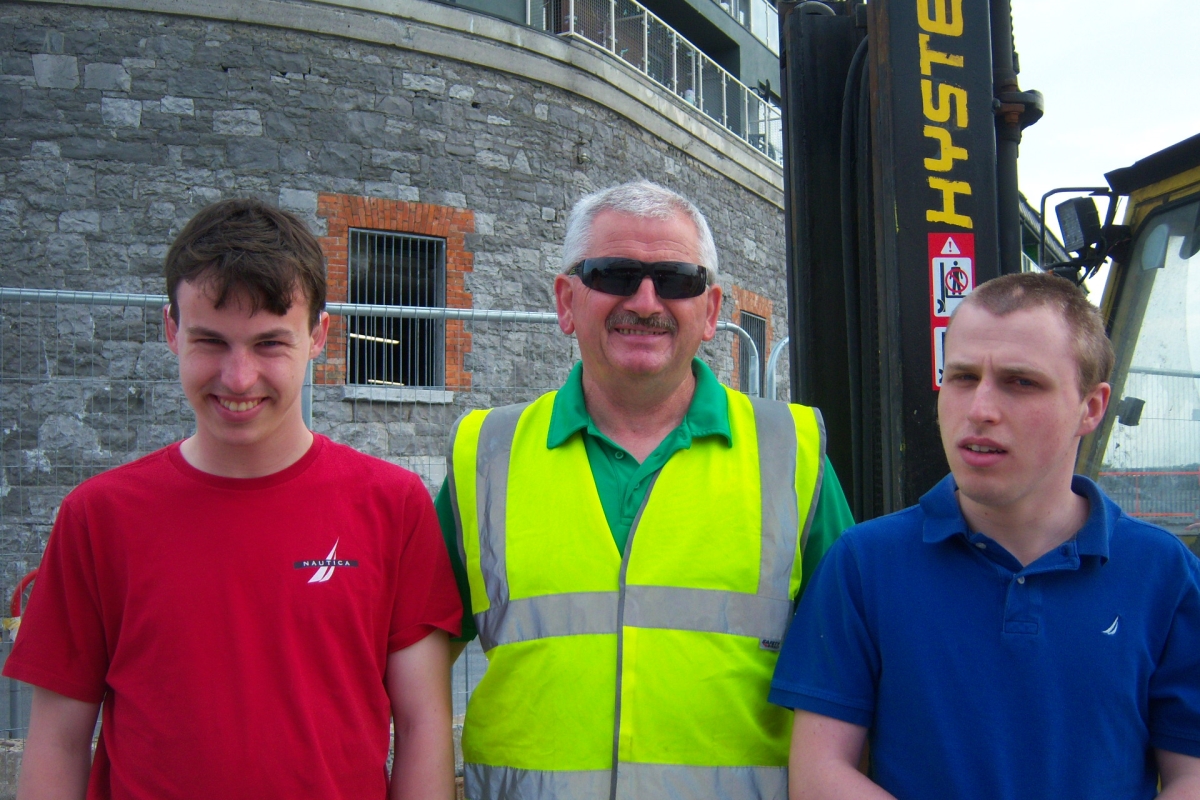 ntless courses on teamwork over the years. I’ve managed teams across cultures and geographies, some well and some not so well. I’ve heard and read enough clichés to wrap around the planet. And I am going to let you in on something you won’t hear very often about working in teams. If you really want to know what makes things possible, look at how the very confident guide the not so confident. The last time I lifted a boat into the water was, gasp, 25 years ago. I had forgotten everything right down to making the most basic knots. And as I worked to follow the instructions I was given, my mistakes were quietly corrected and the things that really mattered were explained. Everything clicked together like clockwork and the whole process was made to look easy. A real hallmark of people who knew what they were doing and did it well. All in Galway Docks proving once again that it takes a village to raise a child.
ntless courses on teamwork over the years. I’ve managed teams across cultures and geographies, some well and some not so well. I’ve heard and read enough clichés to wrap around the planet. And I am going to let you in on something you won’t hear very often about working in teams. If you really want to know what makes things possible, look at how the very confident guide the not so confident. The last time I lifted a boat into the water was, gasp, 25 years ago. I had forgotten everything right down to making the most basic knots. And as I worked to follow the instructions I was given, my mistakes were quietly corrected and the things that really mattered were explained. Everything clicked together like clockwork and the whole process was made to look easy. A real hallmark of people who knew what they were doing and did it well. All in Galway Docks proving once again that it takes a village to raise a child.
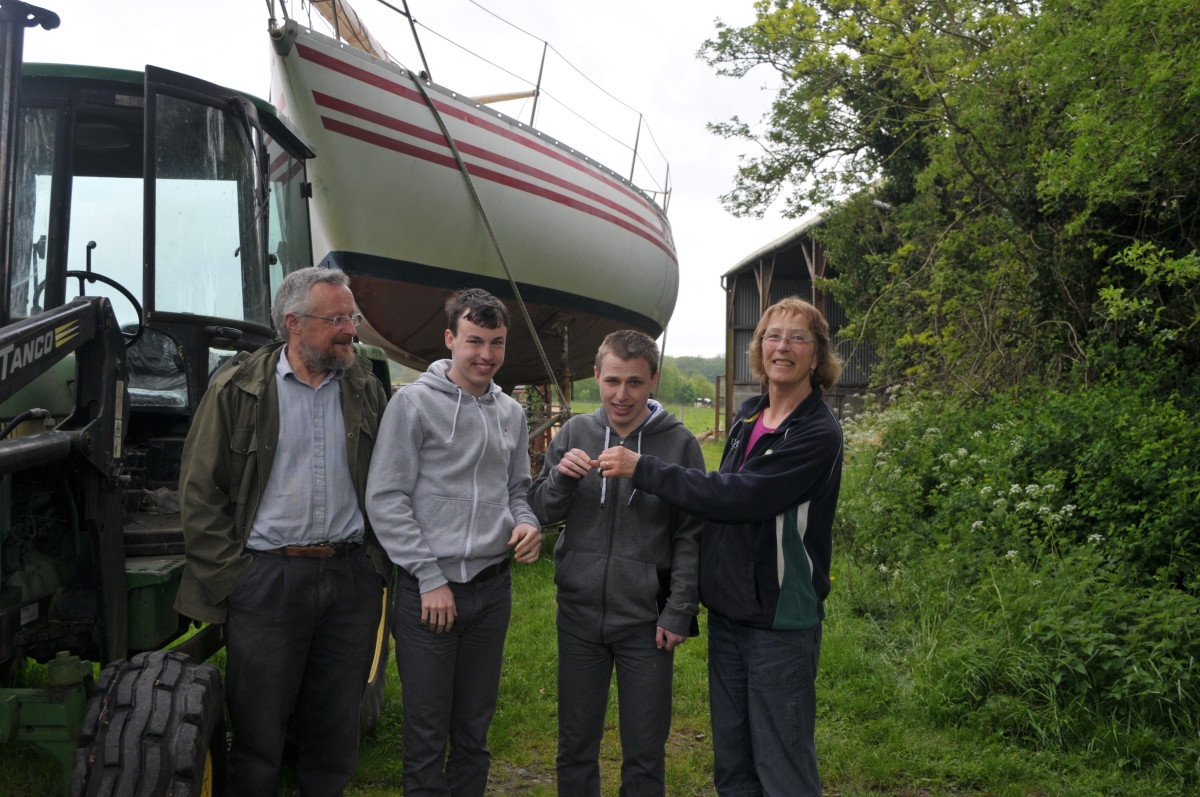
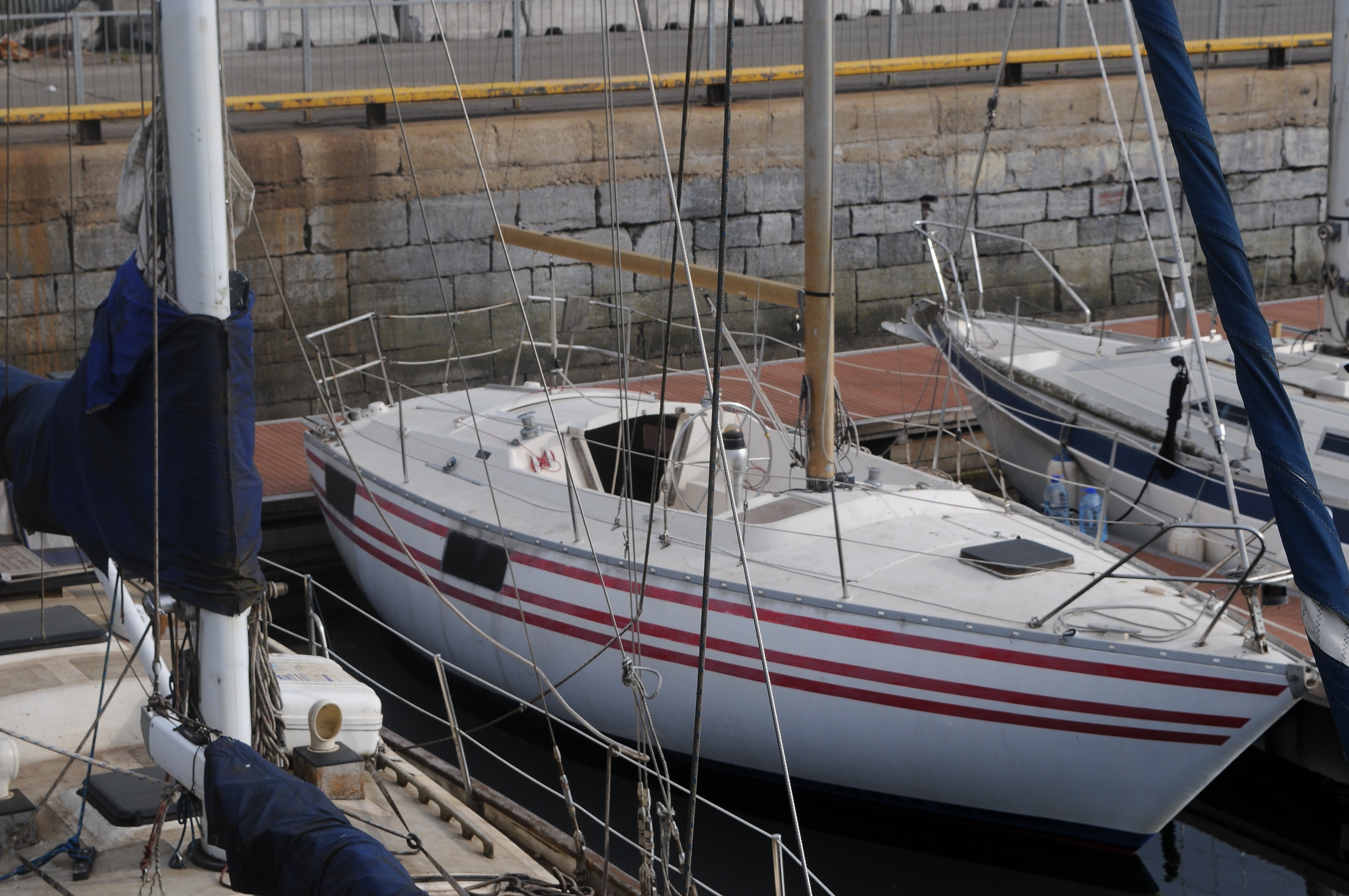

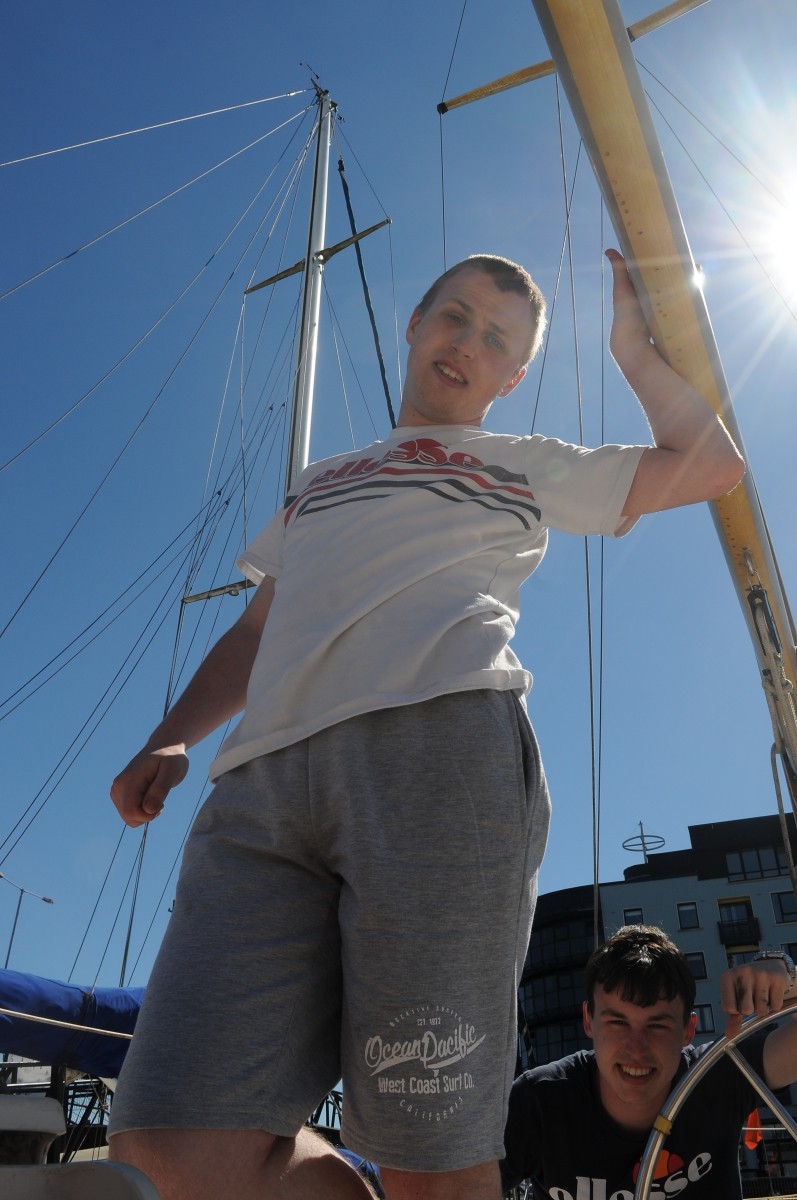

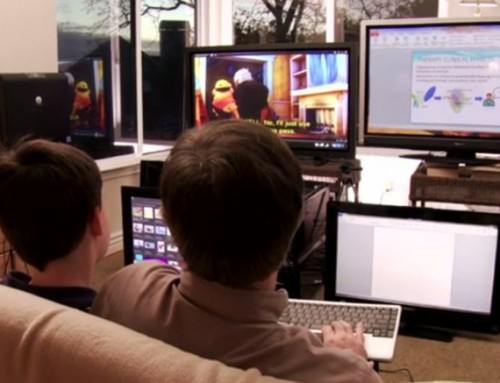
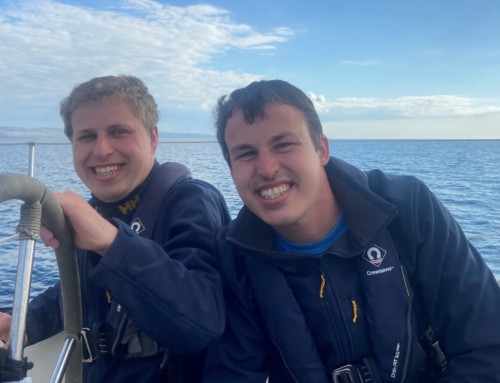
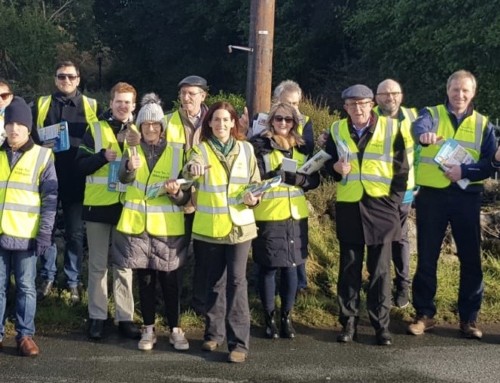
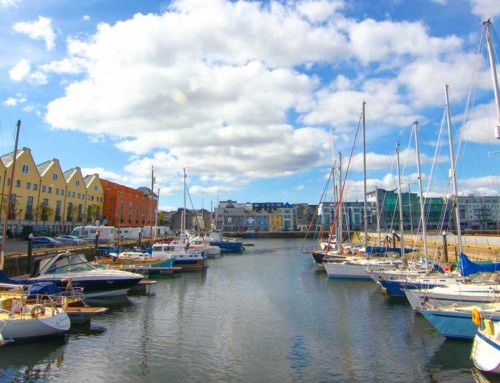
Leave A Comment